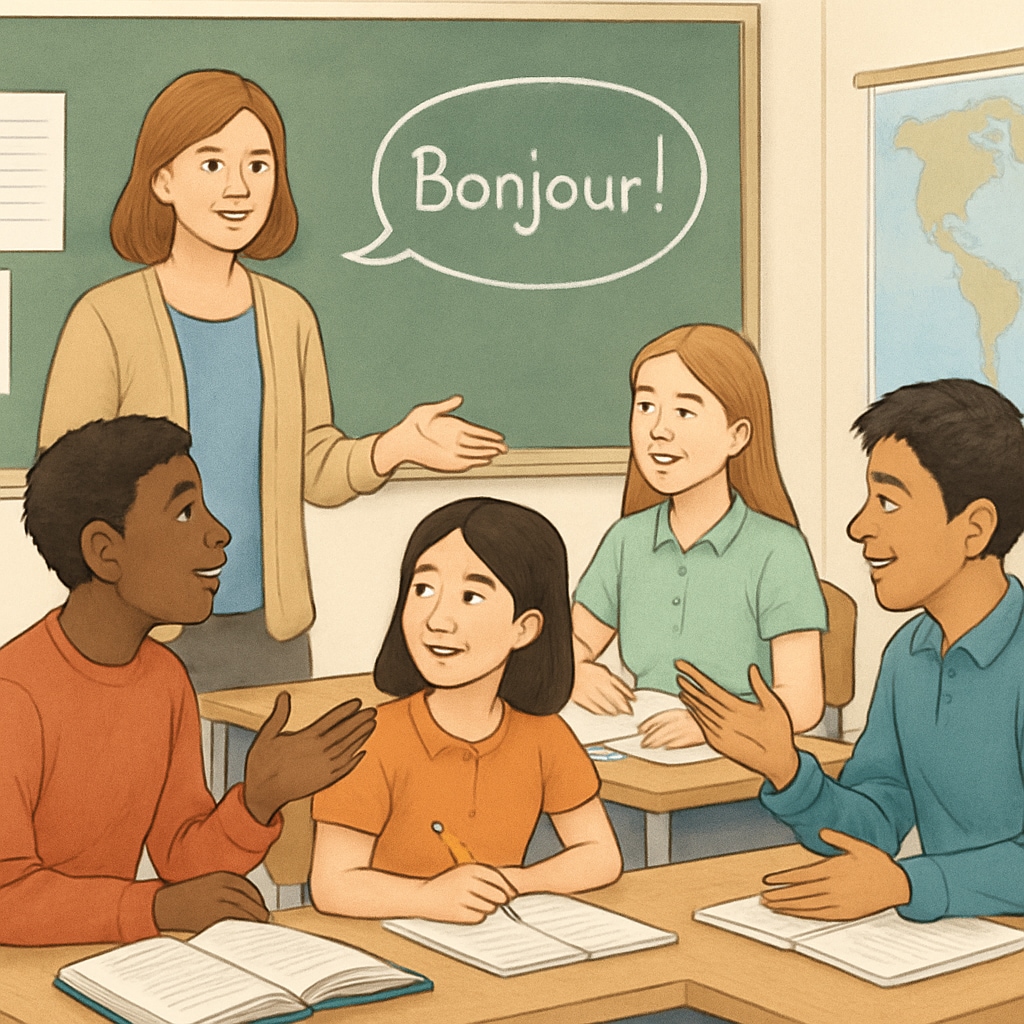Transitioning from a native language educational environment to a foreign language classroom is a significant challenge many students encounter, especially those pursuing study abroad programs. This shift, which involves language conversion, academic adaptation, and psychological adjustments, is much more than just learning new vocabulary. It demands a reconfiguration of learning methods and cognitive approaches. For students to thrive in this demanding academic rebirth, understanding the critical hurdles and adopting effective strategies is essential.
Understanding the Cognitive Challenges of Language Conversion
One of the primary obstacles in transitioning to a foreign language learning environment is overcoming cognitive barriers. Learning in a second language requires students to process and internalize information differently than they would in their native tongue. For example, students must dedicate mental resources to understanding both the subject matter and the language in which it is taught, leading to cognitive overload.
Additionally, the differences in grammar, sentence structure, and cultural nuances can complicate comprehension and expression. This dual-layered learning process often results in slower progress, frustration, and even self-doubt among students.

Adjusting Learning Methods for Academic Success
Adapting to a foreign language classroom requires students to modify their established learning techniques. Methods that worked well in a native language environment may no longer yield the same results. For instance, rote memorization might need to be supplemented with contextual learning approaches to grasp abstract concepts effectively.
Here are some practical strategies to ease the transition:
- Utilize Language Immersion: Surround yourself with the foreign language through media, conversations, and peer groups to build fluency faster.
- Engage in Active Note-Taking: Write down key terms in both the foreign and native languages for better comprehension.
- Leverage Technology: Use translation apps and language-learning platforms to bridge knowledge gaps.
By combining these methods, students can create a structured learning framework that aligns with the demands of their new academic environment.

Psychological Adaptation: Overcoming Emotional Barriers
Beyond cognitive and academic challenges, emotional and psychological adjustments play a significant role in successful adaptation. The initial phase of studying in a foreign language can be daunting, leading to feelings of isolation or inadequacy. However, building resilience and seeking support can make a significant difference.
To overcome emotional barriers, consider the following:
- Join Language Support Groups: Connect with peers who share similar experiences to exchange advice and encouragement.
- Practice Self-Compassion: Recognize that making mistakes is part of the learning process and not a reflection of your capabilities.
- Seek Professional Help: If feelings of stress or anxiety become overwhelming, don’t hesitate to consult a counselor.
These strategies not only help students adjust emotionally but also enhance their overall academic performance and confidence.
Looking Ahead: Achieving Mastery in a Foreign Language Environment
While the journey from a native language classroom to a foreign language academic setting is arduous, it is also deeply rewarding. The skills acquired during this transition—such as adaptability, critical thinking, and cultural awareness—prepare students for global opportunities and lifelong learning.
By addressing cognitive, academic, and emotional challenges, students can navigate this transformative journey successfully. After all, every challenge conquered in a foreign language classroom strengthens not just the mind, but also the spirit. For further understanding of language learning processes, explore resources such as the Second Language Acquisition page on Wikipedia or the Britannica overview of second language learning.
In conclusion, the transition from a native language educational environment to a foreign language classroom, while challenging, opens doors to immense personal and academic growth. With the right mindset and strategies, students can embark on this academic rebirth journey with confidence and determination.
Readability guidance: Use short paragraphs and lists to summarize key points. Ensure transition words are spread evenly throughout the text to maintain flow and clarity.


